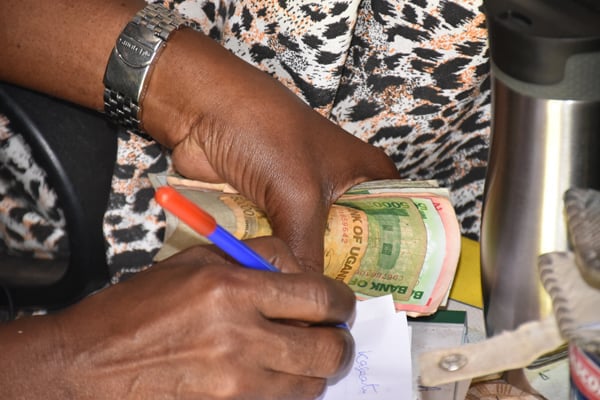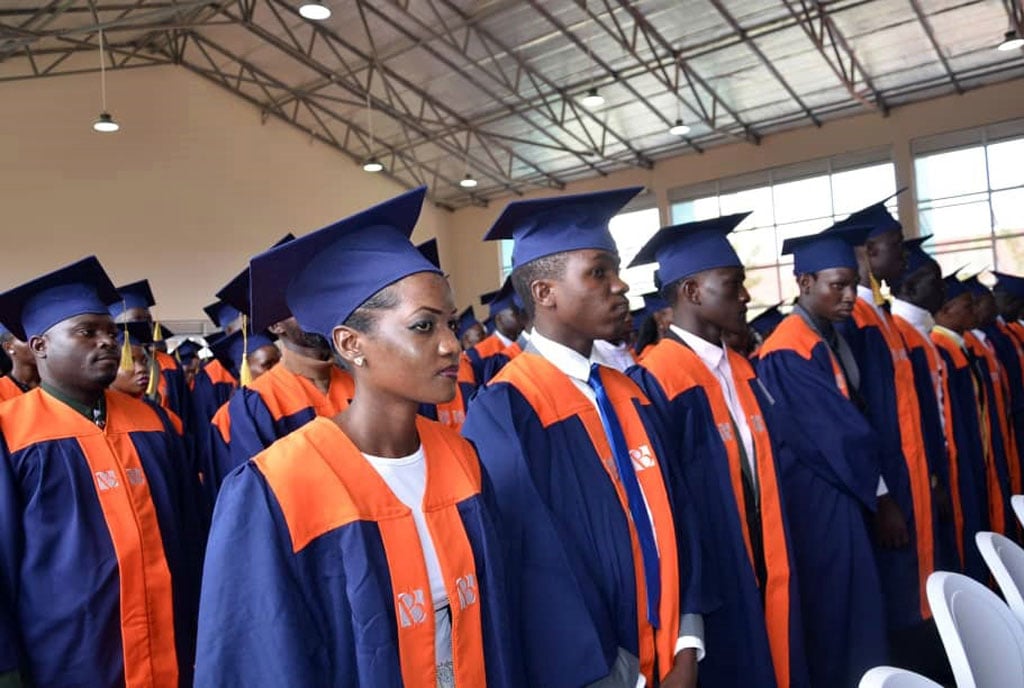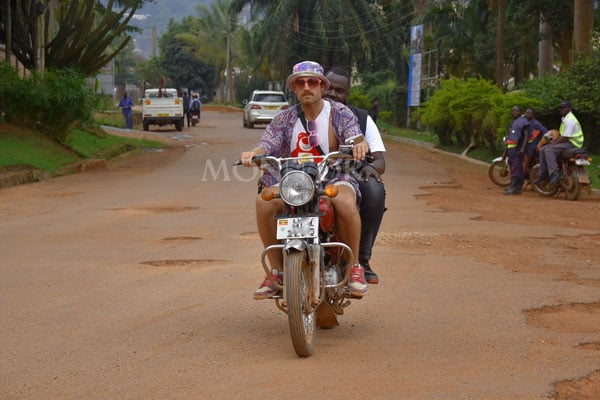Prime
Hoima, Soroti now cities as MPs rise to 531

Members of Parliament during a plenary session in May. PHOTO | ALEX ESAGALA
What you need to know:
- Earlier, Mr Magyezi had told the House that there are still more requests for counties on his table and his team was carrying out consultations to ensure the boundaries are harmonised before they are presented to Cabinet and later to Parliament for approval.
Parliament yesterday approved the creation of 66 new seats, bringing to 531 the total number of MPs in the next Parliament.
The House, chaired by Speaker Rebecca Kadaga, also approved an amendment to the earlier resolution that led to the creation of 15 new cities to allow Hoima, Soroti and Lira cities to be operationalised as of July 1.
This means 10 cities are now in operation and are set to elect their leaders in the next General Election. Others are Mbarara, Fort Portal, Masaka, Gulu, Arua, Jinja and Mbale.
The new seats created include the 46 new counties, a new constituency carved out of Nakawa Division, the 10 Woman MPs for the new cities and the nine new positions created in divisions of the new cities.
Apart from Jinja City, which had two MPs representing Jinja Municipality West and Jinja Municipality East, each of the nine other cities will bring an additional MP after they were all given two divisions that require Parliamentary representation.
The first set of the constituencies had been approved by Cabinet in June but were not approved after several MPs questioned the criteria when the proposed constituencies in their district had been left out.
On Monday, Cabinet approved 31 others and also created Nakawa West out of the current Nakawa Division in Kampala.
After the approval of a motion moved by Local Government minister Raphael Magyezi to have the 47 new constituencies created, the House also approved another motion by Deputy Attorney General Jackson Kafuuzi to have the number of constituencies in the country increased from 296 to 353.
This means the 353 MPs will be directly elected and others will be voted for through the affirmative action and include Woman representatives for districts and cities, and representatives for the special interest groups.
Parliament has 445 MPs and12 Ex-officios to make a total number of 457 members.
Women representatives
The number of Woman MPs will increase from 124 to 145 after the 11 new districts that have not elected their leaders due to lack of funds choose their representatives next year.
There will be another group of 10 women MPs for the new cities that became operational in July.
The number of MPs for the Uganda People’s Defence Forces will remain at 10 whereas there will be five MPs for the Special Interest Groups of the Youth, Workers and Persons with Disabilities.
If Parliament approves a motion for the review of the representation by amending Article 78(1)(b) of the Constitution to create five seats for the MPs for older persons, the size of the House will still have to increase to 536.
This motion was on the order paper yesterday but the Justice and Constitutional Affairs Minister, Prof Ephraim Kamuntu, was not allowed to present it after Ms Kadaga adjourned the House to Tuesday next week following protest by Kampala Central MP Mohammad Nsereko.
Mr Nsereko, rising on a point of procedure, questioned issues of equity in the process the Cabinet used to arrive at the decision to create Nakawa West when other divisions of Kampala are under represented amid gerrymandering claims.
“Population is one of the baselines for creating counties. Kampala alone has a population of more than 5 million people but is represented by only nine members with only one woman for the entire district. We need to do these things with equity,” Mr Nsereko said.
Despite being ruled out of order by the Speaker because there was no resolutions apart from that of the Nakawa Division Council, Mr Nsereko continued to hold the floor, causing uproar from the rest of the MPs. At this point, Ms Kadaga adjourned the House.
Earlier, Mr Magyezi had told the House that there are still more requests for counties on his table and his team was carrying out consultations to ensure the boundaries are harmonised before they are presented to Cabinet and later to Parliament for approval.
They include Igara North to be carved out of his Igara West in Bushenyi District and Kilembe County expected out of Busongora South in Kasese District.
“They are still work in progress. We are still on consultations for harmonisation of the boundaries. We consider population quarter, means of communication, geographical location and wishes of the people,” Mr Magyezi said.
Nakawa Division MP Michael Kabaziguruka said the reason Nakawa West made it to the list was because of the preparedness.
“I have been pushing for it and the dream of my people has been realised,” he said.
Government Chief Whip Ruth Nankabirwa told Daily Monitor that Cabinet agreed to put the other requests to split Kampala Central Division because by last week, there was no documentation, and focus was put on Nakawa West because there was council resolution accompanied by signatures.
Ms Nankabirwa reiterated her earlier call to halt the creation of more administrative units and constituencies, saying they increase the cost of administration and also risk low productivity, especially in a bloated Parliament.
“I am still concerned about the increasing number of constituencies but as you have seen this is a hot issue which unites everybody because both NRM and the Opposition raise to support such motions. It is a matter of representation. The fact remains that we are too many but people are still yearning for more,” Ms Nankabirwa said.
She said the use of new technology such as Zoom platforms enables MPs to contribute from wherever they are, and the expected completion of the new chambers by July next year will help sort the issues of low productivity.
Approved new constituencies
- 1.Kiboga West
2.Buhweju West
3.Palabek
4.Bugangaizi South
5.Chekwi East
6.Mulanda
7.Buwekula South
8.Kwania North
9.Kagoma North
10.Buyanja East
11.Ngariam
12.Agago West
13.Bukanga North
14.Bukimbiri
15.Nakaseke Central
16.Kapir
17.Butiru
18.Kyoga North
19.Bokora East
20.Napore West,
21.Mawogola West
22.Otuke East
23.Ruhama East
24.Isingiro West
25.T’oo
26.Ochero
27.Soi
28.Namisindwa
29.Gweri
30.Pingire
31.Bunghoko Central
32.Aringa East
33.Kyaka Central
34.Ruhinda South
35.Bushigai
36.Gogonyo
37.Busiki North
38. West Budama N. East
39.Maruzi North
40.Dodoth North
41.Rwampara East
42.Buhaguzi East
43.Nwoya East
44.Namayengo South
45.Elgon North
46. Samia-Bugwe Central
47.Nakawa West




